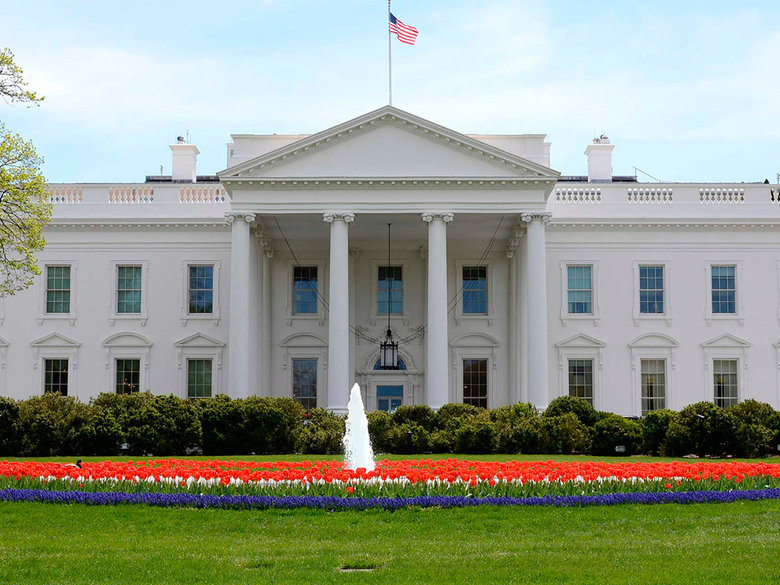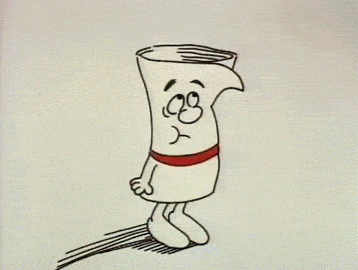Elements

- Member of Congress
- Legislation
- Committee Action
- Floor Action
- Conference Committee
- The President
Interconnections

All of the elements of this system excluding the president are directly connected. After all of the other elements are successful then the president becomes a part of the process.
Control and Feedback
A member of Congress takes an idea and writes it into a piece of legislation. That file is then put in a thing called "the hopper". It is then sent to a committee that is knowledgeable on the subject of the legislation. The people in the committee then decide whether or not they like it. They can suggest changes to it and they vote on whether or not to keep those changes. The legislation is now sent to the floors of Congress. It is debated by the members of Congress, they can suggest amendments to it if they want. The legislation is then voted on by Congress and sent to a Conference Committee where it is debated and potentially changed. Following that they write a report that must be approved by both the Senate and House. It is then sent to the President who can sign it into law or can veto it. If it is vetoed it is sent back to Congress where it can be voted on again and if it receives 2/3 of the vote from both the Senate and the House it becomes law.
Function and Purpose

This system exists in order to have a foundation in which to make new laws. This process is made rigorous ideally to make sure that a piece of legislation only goes through if it is of the highest quality. Also it goes through many different avenues of politicians and committees in order to make sure that representatives of all political philosophies can have an input as to whether or not a new piece of legislation will become law and they can potentially make changes to it.
Sources
Information
Pictures and Gif


No comments:
Post a Comment